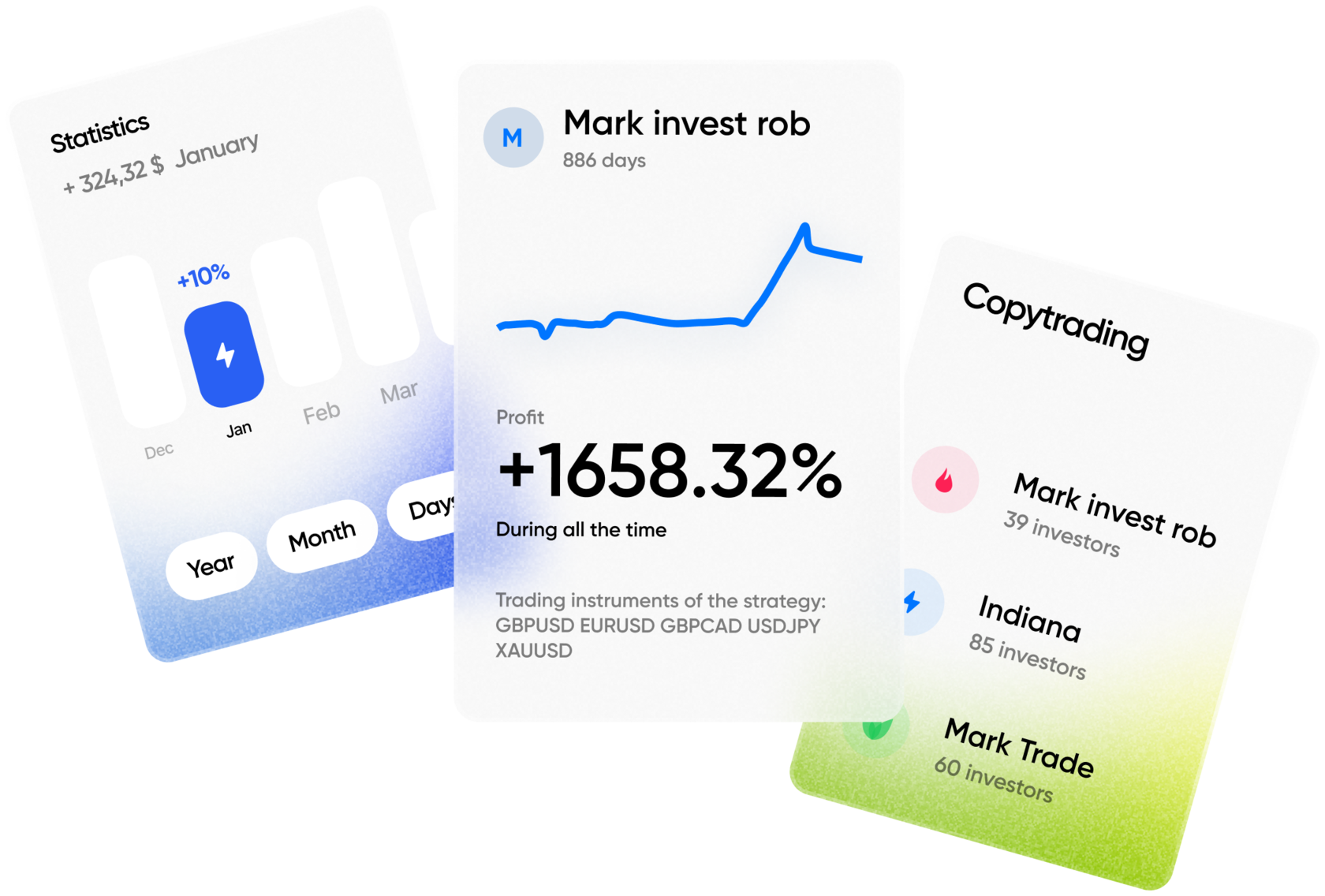On Thursday, European stock markets closed lower, ending a four-day winning streak. The pan-European STOXX 600 index declined by 0.4% during the trading session. Investors took profits after recent gains and closely analyzed decisions by major central banks in the region regarding interest rates.
The Bank of England announced its decision to keep the key interest rate unchanged at 4.5%. Similarly, Sweden’s Riksbank maintained its benchmark interest rate at 2.25%. Meanwhile, the Swiss National Bank surprised markets by cutting its key interest rate by 25 basis points to 0.25%, according to Reuters.
Christine Lagarde, the President of the European Central Bank (ECB), provided additional comments concerning economic risks. She stated that the recent 25% import tariffs imposed by the U.S. could reduce economic growth in the eurozone by about 0.3 percentage points during the first year. Lagarde also mentioned that if the European Union implements retaliatory tariffs, the negative impact could increase to approximately 0.5 percentage points.
U.S. stock indices also ended the day lower amid growing economic uncertainty and revised economic forecasts. The Dow Jones Industrial Average fell by about 0.9%, while the S&P 500 declined approximately 1.1%. The Nasdaq Composite dropped by roughly 1.4%, affected particularly by technology and consumer discretionary sectors.
The Federal Reserve revised its forecast for U.S. economic growth downward for the current year. Additionally, the Fed raised its inflation expectations, highlighting increased uncertainty due to trade tariffs introduced by the U.S. administration. As a result of this uncertainty, investor sentiment in the American stock market weakened during Thursday’s session.
The U.S. dollar strengthened against major currencies, with the Dollar Index rising by about 0.4%. The euro fell approximately 0.3% against the dollar, and the British pound weakened by roughly 0.5%. The Swiss franc experienced a notable decline of about 0.7% following the Swiss National Bank’s unexpected interest rate cut.
Bond markets saw increased demand as investors sought safer assets amid heightened economic concerns. The yield on the benchmark 10-year U.S. Treasury note decreased slightly to around 3.5%. In Europe, yields on German and French government bonds also declined modestly, reflecting investor caution.
Commodity markets experienced mixed movements on Thursday. Gold prices remained relatively steady, trading near $3,030 per ounce, close to their recent historical highs. Oil prices declined, with Brent crude futures falling approximately 1.5% to around $77 per barrel. West Texas Intermediate (WTI) crude prices also dropped nearly 1.7%, closing at about $72 per barrel.
Asian markets closed mixed earlier in the trading day. Japan’s Nikkei 225 edged lower by about 0.6%, and China’s Shanghai Composite closed with minimal losses of around 0.3%. However, Hong Kong’s Hang Seng index managed a slight gain of approximately 0.2%.
Economic data released on Thursday added to investor concerns. Eurozone manufacturing Purchasing Managers’ Index (PMI) readings showed weaker-than-expected results, signaling potential slowing industrial activity in Germany and France. U.S. initial jobless claims data released the same day indicated a slight increase, reaching approximately 230,000 claims, slightly above analysts’ expectations.
Shares of major European banks were among the leading decliners, with Deutsche Bank and BNP Paribas losing approximately 1.2% and 1.0%, respectively. Technology stocks in the U.S. also experienced notable losses, with shares of Apple, Alphabet, and Microsoft falling by around 1.5%.
Prepared based on materials from Reuters and market data reports.







